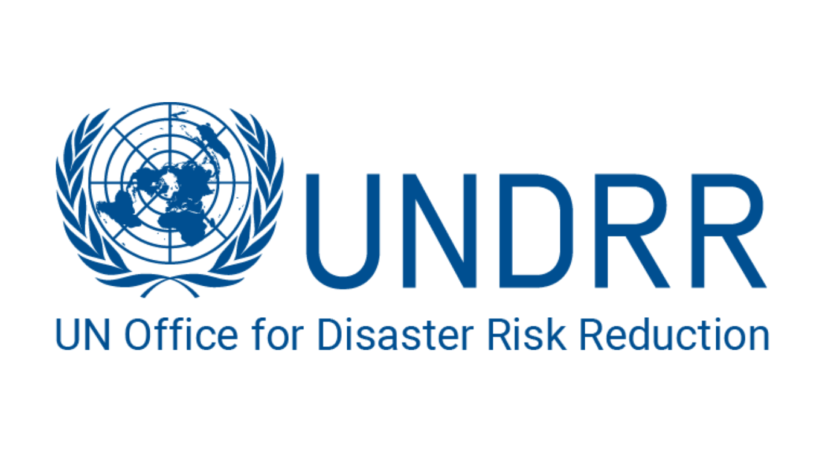In preparation for the 2025 Global Platform for Disaster Risk Reduction, the United Nations Office for Disaster Risk Reduction (UNDRR) and the International Science Council (ISC) are undertaking a significant review of the UNDRR/ISC Hazard Information Profiles (HIPs). These profiles, first introduced three years ago, serve as authoritative references outlining the scope, nomenclature, and definitions of hazards crucial to the Sendai Framework for Disaster Risk Reduction.
The HIPs have received commendation for their groundbreaking approach, as highlighted in the Report of the Midterm Review of the Sendai Framework in 2023. They continue to be instrumental in providing extensive information to diverse stakeholders across sectors such as disaster risk reduction planning, monitoring, training, and research. Their widespread adoption by various entities, including intergovernmental bodies, national governments, disaster management agencies, statistical offices, private sectors, and academic institutions, has facilitated a more unified and comprehensive approach to disaster risk monitoring, recording, and planning.
Noteworthy organizations like the International Organization for Migration (IOM) and the World Health Organization (WHO) have integrated these profiles into their reference systems and leveraged them in global training initiatives. UNDRR utilizes the profiles for disaster monitoring, while numerous stakeholders rely on them as foundational tools for disaster planning, response efforts, research, and education.
The upcoming review cycle emphasizes understanding the “multi-hazard context,” aiming to deepen comprehension of how different hazards interact, potentially leading to cascading, compound, and complex events. This strategic focus enhances the profiles’ utility for multi-hazard risk assessment and early warning systems.
Furthermore, leveraging advancements in machine learning, efforts are underway to make the HIPs more machine-actionable, expanding their usability and applicability.
This initiative is headed by a steering group chaired by Professor Virginia Murray, with representatives from 18 agencies and institutions involved in disaster risk reduction. The steering group oversees the review process, with dedicated technical teams focusing on specific hazard types and proposing revisions to the existing HIPs. Additional groups address multi-hazard contexts and enhance machine actionability.
Later this year, a call for user feedback on the revised HIPs will be organized, leading to their anticipated launch at the Global Platform for Disaster Risk Reduction in June 2025.


